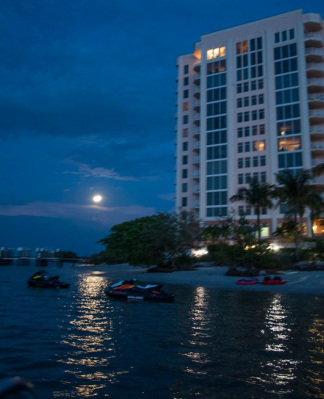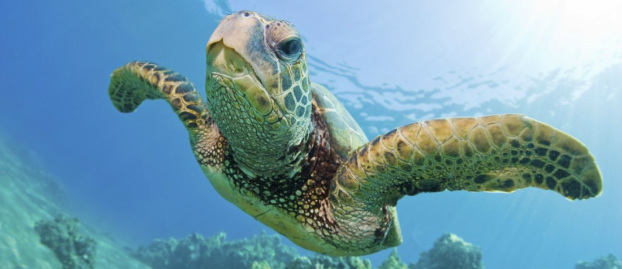Sea Turtle Conservation with Window Films
May 1st to October 31st is the time for beach residents and businesses in SOUTHWEST FLORIDA to help sea turtles hatch!

As much as we all love sea turtles, humans are the number one danger to these tiny creatures. Reducing the amount of 'light pollution' visible from nesting beaches is the first step toward reducing hatchling mortality. We urge people to close curtains or blinds after dark, turn off lights on properties and parking lots, and -- the best and most permanent solution -- use turtle-safe tinting on lights and windows that face the beach.
As explained in the video below, lights from beach-front hotels, homes, businesses, and traffic can disorient young hatchlings from returning to the water. Moreover, too much light pollution can dissuade a mother turtles from laying her eggs on our local beaches.
As explained in the video below, lights from beach-front hotels, homes, businesses, and traffic can disorient young hatchlings from returning to the water. Moreover, too much light pollution can dissuade a mother turtles from laying her eggs on our local beaches.
How does the law affect your business?
There are five species of sea turtles found in Florida waters; all of these species are protected under the Federal Endangered Species Act of 1973 and the Florida Marine Turtle Protection Act (379.2431 Florida Statues). Loggerheads are the predominant species of sea turtles visiting the beaches of Southwest Florida.
If you manage a hotel or own a home on our beaches, both interior and exterior lights must not be visible. This can be accomplished in a number of ways:
According to the Sea Turtle Friendly Lighting report (below):
All windows and glass doors on the seaward and shore-perpendicular sides of any structures shall be designed for a light transmittance value of 15% or less through the use of tinted glass, window film, or screens.
If you manage a hotel or own a home on our beaches, both interior and exterior lights must not be visible. This can be accomplished in a number of ways:
- Factory tinted windows
- Sea turtle friendly lighting
- Screens
- Window films
According to the Sea Turtle Friendly Lighting report (below):
All windows and glass doors on the seaward and shore-perpendicular sides of any structures shall be designed for a light transmittance value of 15% or less through the use of tinted glass, window film, or screens.
If you're ready to help hatching turtles survive and bring your home or business in compliance with local ordinances, then please click below for a free quote on turtle safe tint on lights and windows.

